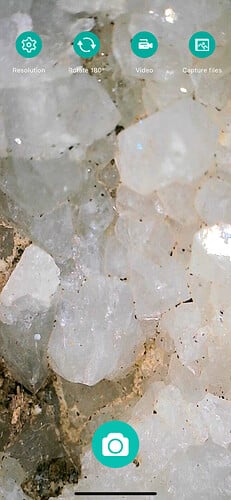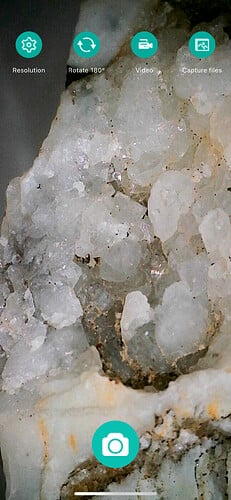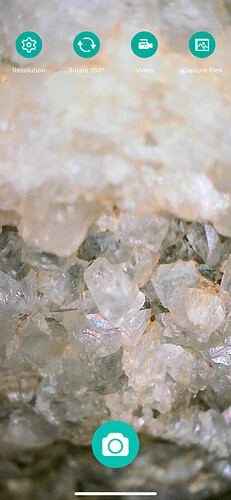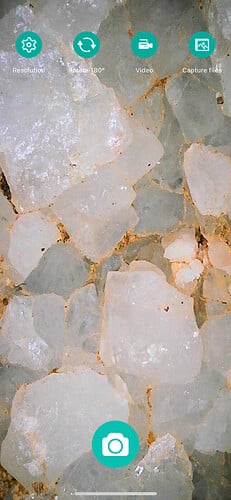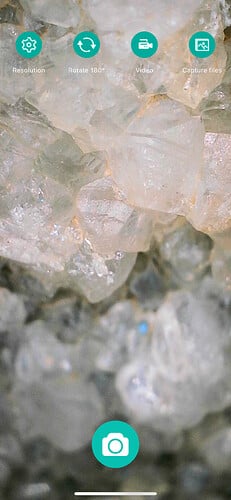I posted once before, and have seen several posts by other members, related to identifying crystal shape and crystal shape as a diagnostic tool. I have never been successful either ID’g all but the most explicit (eg., “tower” like single mineral elongated) or using them in any way for diagnostic proposes. I do understand that using UV filter the habit can sometimes be inferred, but I’ve had little luck with that, on the whole, as well.
I have pretty much concluded that I have misunderstood the idea that crystal form can be any of those things (ID’d, or used as a diagnostic input, except very crudely and inaccurately). Yesterday I looked through over 20 random examples, clearly visible (with the naked eye, so best case examples) to see if I could clearly ID any given crystal shape. No matter the magnification level, lighting, angle, amount of wine I drank, etc., I could not clearly ID a single one. There were a few where a very rough recurrence of some specific shape existed, but the exceptions to that shape on the same stone way outnumbered the recurring ones. Additionally, even within known crystal shapes, I have many exceptional stones with do not match the reference shape, which is well understood to be the case (as I get it).
I guess this is more to sanity check whether i’m missing anything. I ran it past ChatGPT (the forum of first/last resort when confronted with headscratchers like this), and it too confirmed they are neither diagnostic or generally identifiable except in lab conditions with very powerful, active (ie, more than optical) microscopes, and even then, not really diagnostic due to number of exceptions generally occurring.
Sorry if I am stating the obvious, but again, I’ve seen about interest on this topic (usually going unanswered) that I figured this may be helpful to others banging their head against the wall trying to see what is very hard/impossible to practical/essentially unknowable.
Thoughts?
Happy to share many pics I took of magnifies stones, if anyone wants tk take a run and pointing out what I’m missing. Here are a few examples:
